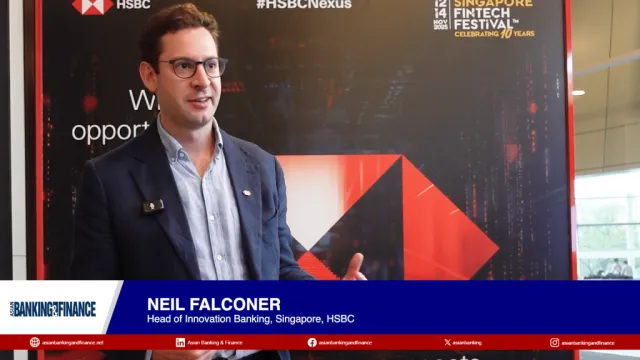Cross-Border transactions complicate AML compliance for businesses
AI tools used to streamline AML processes and reduce false positives.
Navigating global Anti-Money Laundering (AML) compliance has become increasingly complex for businesses, especially those involved in cross-border transactions, since regulatory frameworks vary across regions.
“A lot of companies do not fully understand how to manoeuvre the regulations globally,” said Joseph Ibitola, Head of Demand Generation at Flagright. “Regulations in the US differ from those in the UK, Europe, or the APAC region. Companies must comply with regulations in multiple countries, which makes the process daunting.”
Many AML solutions lack customization to meet regional requirements, further complicating compliance efforts. Ibitola noted, “There’s not a lot of AML solutions that help you customise to ensure compliance across all regions.”
Flagright addresses these challenges by leveraging AI to enhance AML compliance and fraud detection. “The way we apply AI is to make our customers’ jobs faster, easier, and more interesting,” Ibitola explained. The company’s tools help suppress false positives, allowing analysts to focus on genuine risks.
False positives remain a significant issue, particularly for large institutions. “Imagine a bank with 10 million transactions daily, generating about 1 million alerts—half of which are likely false positives. With only 100 analysts, investigating these alerts becomes overwhelming,” Ibitola said.
By integrating observation-based AI tools, Flagright enables businesses to navigate the complexities of global AML compliance while reducing operational burdens. “AI doesn’t make the decisions; it recommends actions and observations, leaving the final say to the user,” Ibitola emphasised.


















 Advertise
Advertise








Commentary
The future of Asian banking isn’t ‘AI-first’ – it’s ‘fearless-first’
Why APAC banks must rethink their approach to the cost reduction challenge
Thailand backs major conglomerates for digital banks but risks stifling innovation